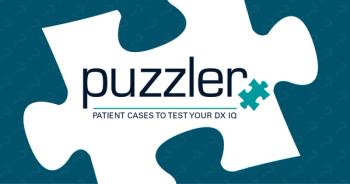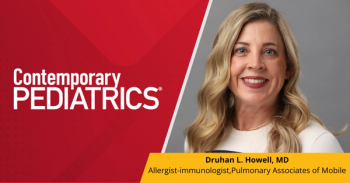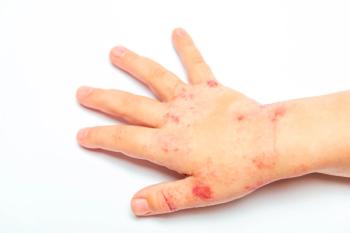
- Consultant for Pediatricians Vol 8 No 11
- Volume 8
- Issue 11
A 4-Year-Old Boy With Fluid Seeping From Neck
The mother of this 4-year-old boy is concerned about a small drop of fluid that she noticed on her son’s neck at the dinner table the night before.
Case: The mother of this 4-year-old boy is concerned about a small drop of fluid that she noticed on her son’s neck at the dinner table the night before. When she examined the area closely, she discovered a small opening. Her son tells her that he has been aware of this for a long time, and he wonders why she is suddenly concerned.
Is his mother’s concern warranted? Is this discovery a sign of a more ominous developmental problem?
No. A branchial cleft sinus is almost always an isolated defect.
This boy has a branchial cleft sinus-a minor developmental defect that is thought to result from improper closure of one of the embryonic branchial clefts. These defects may appear along a line extending from the preauricular skin to the mandible and then down the lateral neck. They occur most commonly in the lower third of the lateral neck on the anterior border of the sternocleidomastoid muscle-as in this child. It is said that approximately 10% are bilateral. The majority of these sinus tracts are blind, but some may drain into the pharynx. Branchial cleft sinuses are virtually always isolated events.
Diagnosis. Typically, a branchial cleft sinus is first noticed at birth or in early childhood when a small amount of mucus discharge is discovered on the skin in association with a small ostium in a typical location. In older children and adults, these defects may first present as cysts that may become inflamed or infected on a recurrent basis.
Treatment. Treatment of a branchial cleft sinus consists of complete surgical removal of the sinus, its tract, and any associated fistulas. Removal obviates the possibility of chronic infections or cyst formation. Before surgery, most surgeons explore the extent of the sinus radiologically.
Articles in this issue
about 16 years ago
Herpes: From Mom to Baby-and Back Again,Via Breast-feedingabout 16 years ago
Trichotillomaniaabout 16 years ago
Eczema Herpeticumabout 16 years ago
Neuroblastomaabout 16 years ago
What Is This Thumb Anomaly?Newsletter
Access practical, evidence-based guidance to support better care for our youngest patients. Join our email list for the latest clinical updates.








